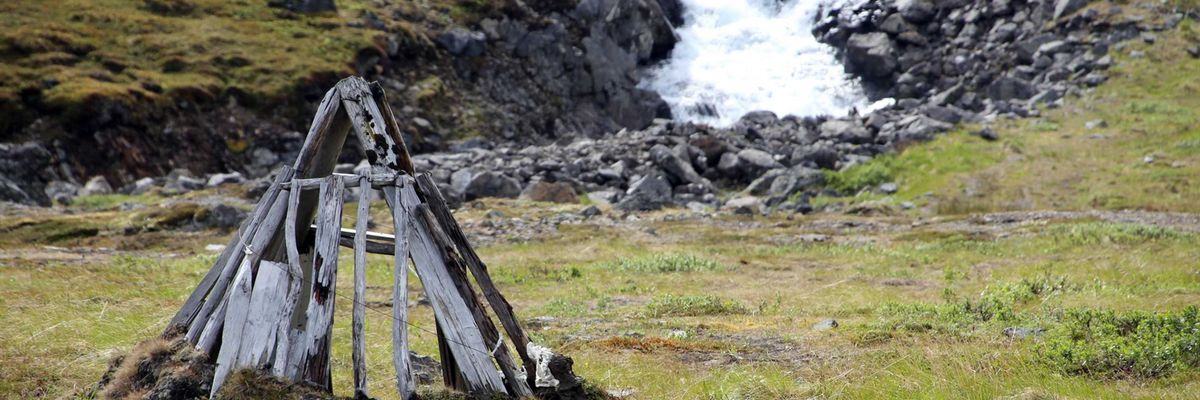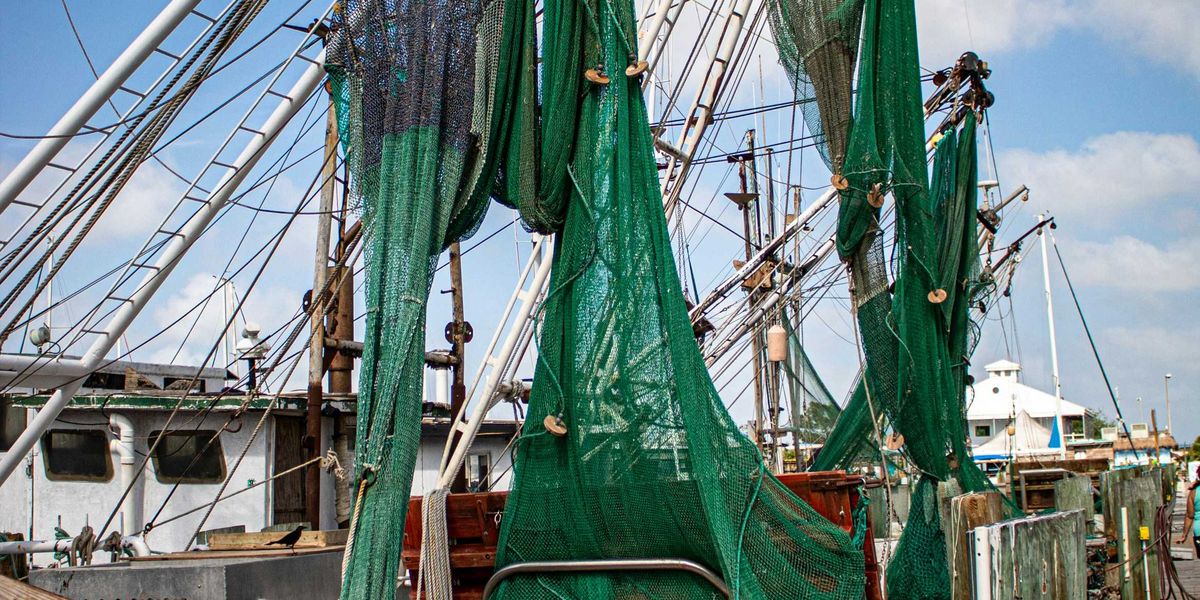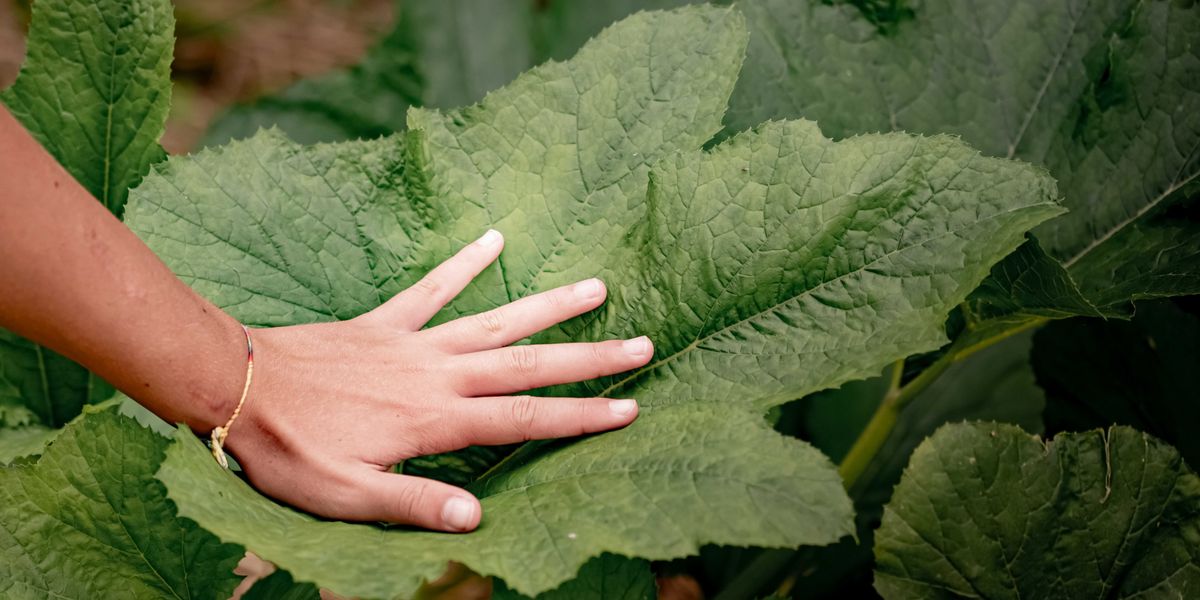salt marshes
Saving vital marshlands along Intracoastal Waterway
Researchers hope that using dredged sediment can both restore marshes and maintain the East Coast’s marine highway.
In short:
- Scientists added a thin layer of sediment to marshes along Georgia’s Intracoastal Waterway in 2019 to combat erosion and sea level rise.
- Monitoring over five years showed promising results, with significant vegetation regrowth and sediment stability.
- The technique could help protect marshlands and ensure the waterway remains navigable, but further research and technological advancements are needed.
Key quote:
"The test is going to be 10 years, 20 years on, to see how this area of marsh compares to the marsh around it."
— Christine Hladik, associate professor of geography at Georgia Southern University.
Why this matters:
Salt marshes, those lush coastal ecosystems, play an unsung role in safeguarding our shorelines. Acting as natural buffers, they absorb wave energy and trap sediments, effectively reducing erosion and mitigating flooding. Yet these vital landscapes are in peril, facing a rapid decline spurred by climate change.
Finding climate fixes in the Boundary Bay marsh
Low salt marsh habitats release more carbon in response to warming, a new study finds
Salt marshes, excellent reservoirs of carbon, are living ecosystems with vegetation and microscopic organisms that live, breathe, poop and die in the marsh mud.









